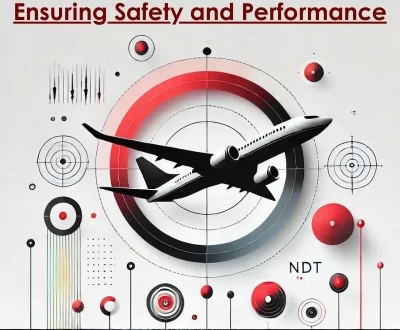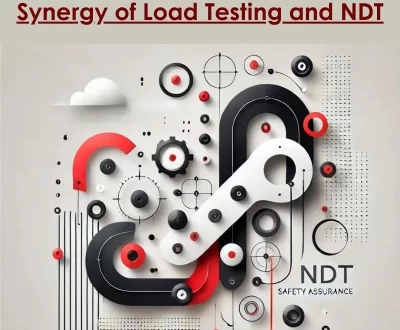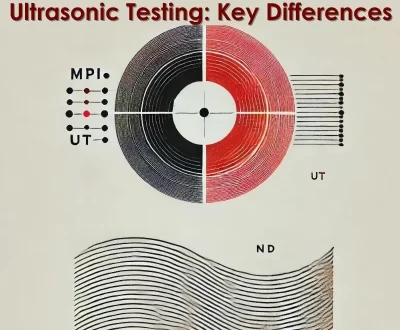Structural Integrity: How NDT Methods Ensure Safety
- October 6, 2024
- Uncategorized
From skyscrapers to intricate bridges, structural safety and integrity are indeed very paramount in any infrastructure. Ensuring these structures can bear up to environmental pressures, wear and tear, and time without giving in to some sort of catastrophic failure is important.
Non-destructive testing methods provide the necessary way of evaluating such structures without causing damage to them. Engineers may apply ultrasonic testing, radiography, and magnetic particle testing techniques to determine flaws and weaknesses before they become major issues. This article will dive into how NDT is instrumental in maintaining the structural soundness of buildings, bridges, pipelines, and more.
How NDT Methods Help Prevent Structural Failures in Critical Projects
In high-stakes industries like oil and gas, construction, and aviation, ensuring the structural integrity of key components is essential. Non-destructive testing (NDT) methods provide an advanced approach to assessing materials without compromising their usability.
Techniques such as ultrasonic testing, radiography, and magnetic particle testing detect issues early, ensuring proactive repairs and reinforcements. In critical projects, these methods save time and money while safeguarding lives by preventing structural failures with potentially devastating consequences.
The Role of Regular NDT Inspections in Maintaining Structural Integrity
Non-Destructive Testing (NDT) is an essential technique for evaluating the integrity of structures without compromising their usability. Industries like construction, aerospace, and energy rely on NDT to catch problems before they escalate into serious hazards. Regular NDT inspections help to identify potential issues early, such as cracks, corrosion, or other forms of degradation, which could compromise safety.
By implementing scheduled NDT inspections, industries can prevent costly failures and extend the lifespan of structures. Early detection leads to proactive maintenance, reducing the risk of catastrophic events, and ensuring compliance with safety regulations. Ultimately, NDT inspections serve as a vital tool in preserving the durability and reliability of critical infrastructure, safeguarding both lives and investments.
Case Studies: Non-Destructive Testing (NDT) in Construction and Its Impact on Structural Integrity and Safety
NDT has become one of the most important variables regarding ensuring the aspect of safety within the building industry. By assessing flaws and weaknesses without causing damage, NDT methods enable early detection and timely repairs. A key case study involves a major bridge, where ultrasonic testing was planned after construction. It revealed internal cracks in the steel beams.
The ones that were identified were reinforced with time and thus avoided collapse. Another case involved radiographic tests, which showed hidden flaws in the welds of a high-rise building construction. And lastly, infrared thermography was used on a mega stadium to find out moisture intrusion, which would have been more hazardous in the near future. NDT acts as a key to structural integrity and saving lives.
Conclusion
Applications of non-destructive testing methods by engineers can protect everything from pipelines to aerospace components. NDT is strongly proactive in how it monitors and maintains structures for safety by trying to find any potential problems before they become major issues.
These techniques go far beyond mere inspection and are irreplaceable in providing insight to help engineers reach informed decisions and prevent extremely costly or dangerous failures. While NDT technology is in constant development, the technology remains a crucial practice in ensuring structural safety within all industries.
More from our blog
See all postsRecent Posts
- Load resistance evaluation in Software vs Structural Engineering October 6, 2024
- NDT Testing in Aerospace Industry: Ensuring Safety and Performance October 6, 2024
- Safety Assurance Through the Synergy of Load Testing and NDT October 6, 2024








